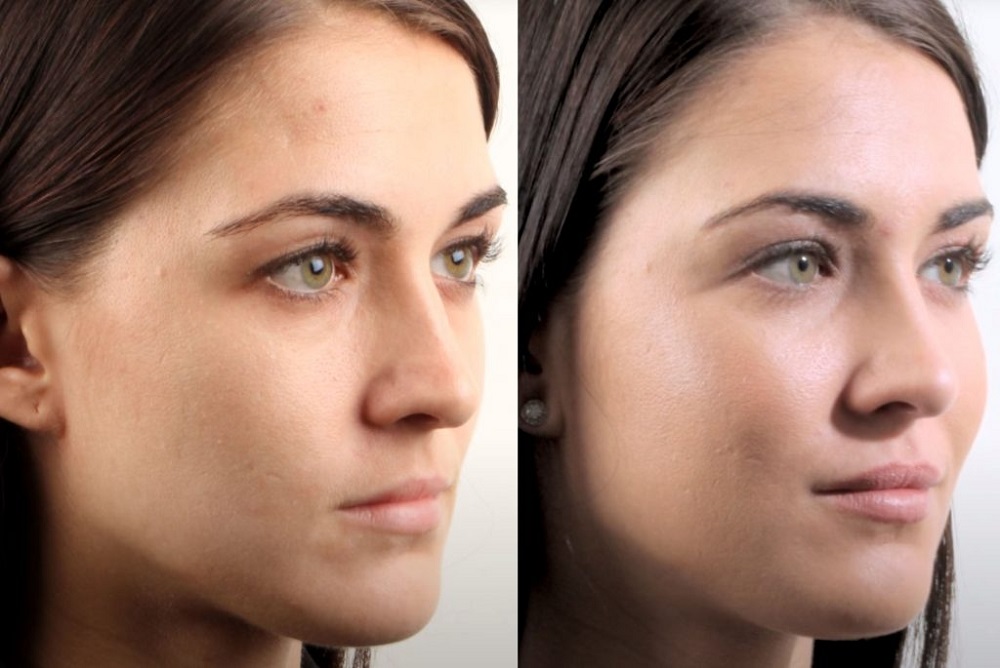There are many reasons that a woman may consider using an egg donor. Perhaps you are unable to have children on your own due to medical issues or early menopause. Or you may have had numerous failed pregnancies. If you are unable to conceive and considering alternative ways to have a child, using an egg donor may be an option. As with most things, it is important to do your research on the process. Using a reputable company is also important. Whether you are interested in egg donors in Los Angeles or other locations, here are some key facts about the process that you will need to know.
Finding an Egg Donor
You can find egg donors in Los Angeles at a fertility clinic. Egg donors are carefully screened to meet specific criteria. Factors taken into consideration include age, health, and habits. Most donors are in their twenties and do not smoke, use illegal substances, or have any known history of genetic disease in her family. The donors remain anonymous unless both parties agree to meet prior to making a decision. However, in most cases, the biological mother in not involved beyond the egg donation process.
The Extraction Process
Before the eggs are extracted from the donor, the egg donor is examined by the fertility specialist to ensure she is both physically and mentally able to donate the eggs. When it is time to perform the extraction, the entire process takes anywhere from three to six weeks each time eggs are extracted. Sometimes the first attempt is unsuccessful and additional extractions must be made. Both the donor and recipient of the eggs undergo hormone therapy so that they are on the same menstrual cycle. The procedure is performed as an out-patient surgery, but is done under sedation.
After the Extraction
Once the eggs are extracted from the donor, before they are implanted in the recipient they are fertilized with the sperm. They are then monitored until the reach the blastocyst stage, which is about five days. The blastocyst is the stage where an embryo has developed in culture in the lab. The fertilized eggs must successfully reach the blastocyst stage in order to be implanted in the recipient. At this point, the egg divides into two different types of cells, trophectoderm cells and the inner cells. The trophectoderm cells will eventually be the placenta. The fetus will develop from the inner cells. Approximately one-third of all fertilized eggs advance to the blastocyst stage, so it may take several attempts for successful results.
Finally, when fertilized eggs reach the blastocyst stage, the implantation process begins and you are one step closer having the baby you have dreamed of. Just remember, if you are considering egg donors in Los Angeles, do your research and find a fertility clinic with a good reputation.



